AMD Radeon RX 6800 XT arrives with 2X performance of RX 5700 XT and more for $649
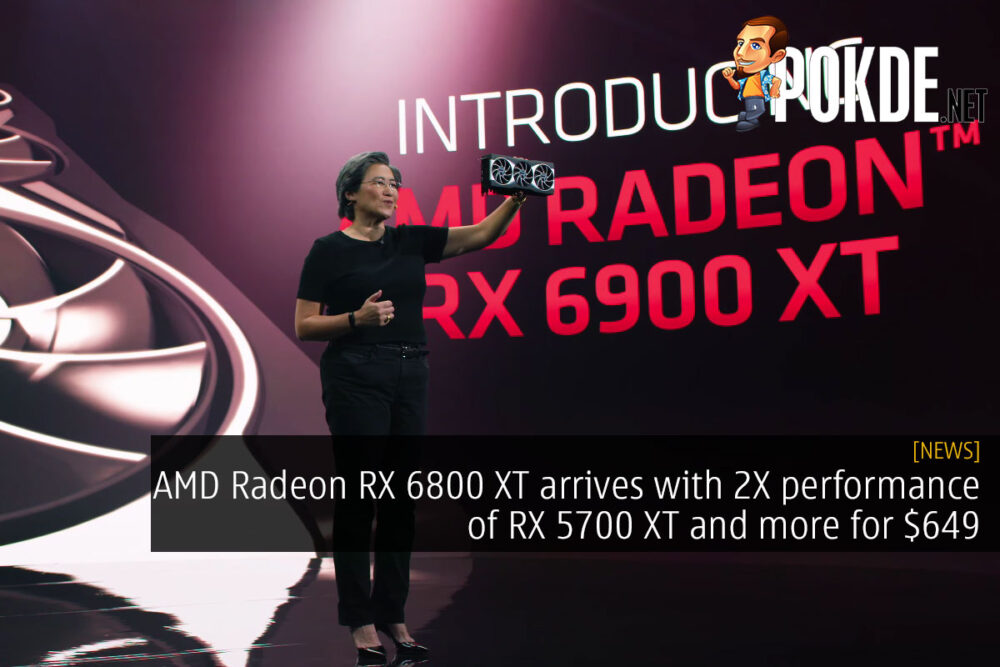
AMD definitely dropped an amazing trio of graphics cards with the AMD Radeon RX 6000 series. The new cards are the AMD Radeon RX 6800, RX 6800 XT and RX 6900 XT, all based on the latest RDNA 2 architecture.
RDNA 2 – huge architectural gains
RDNA 2 is a significantly more efficient architecture than RDNA was. But of course, AMD took all that efficiency gains to deliver higher clocks and more performance at the 300W TBP that the Radeon RX 6900 XT and RX 6800 XT is rated at. So while you aren’t seeing much lower power consumption than previous generations, you are getting a lot more performance.
Most of these gains are brought about via architectural improvements, as AMD is still using the same TSMC 7nm process node they made the Radeon RX 5000 series GPUs on. Part of that can be attributed to the new Infinity Cache that’s a 128MB of cache situated on the GPU itself to reduce the power consumed during memory access operations, while also increasing bandwidth.
AMD claims we will be seeing 2.17X the bandwidth and 0.9X the power consumption with a 256-bit memory bus coupled with Infinity Cache, versus a regular ol’ 384-bit memory bus. To put it into numbers, you will be seeing up to 1664GB/s of bandwidth with the memory configuration in the Radeon RX 6000 series cards.
On top of that, AMD will also be offering AMD Smart Access Memory when you pair a Radeon RX 6000 series GPU with an AMD Ryzen 5000 series processors. The CPU will now see the full 16GB memory on the AMD Radeon RX 6000 series graphics cards, which is a pretty huge increase over the 256MB that CPUs in platforms without AMD Smart Access Memory is able to access, allowing for up to 13% performance improvement, in combination with Rage Mode, an automatic overclocking feature. However AMD Smart Access Memory seems like it will only work with Ryzen 5000 processors, which leaves Zen 2 processors out in the cold, even though the I/O die from the Zen 2 has been directly carried over to Zen 3.
RDNA2 is developed with DirectX 12 Ultimate in mind, so you get the hardware-accelerated raytracing, with what AMD is calling Ray Accelerators. There will be one Ray Accelerator per CU, so you will be looking at up to 80 Ray Accelerators in the chart-topping Radeon RX 6900 XT. There will also be support for variable rate shading, Direct I/O, mesh shaders and sampler feedback to fully utilize the feature set brought by DirectX 12 Ultimate.
GeForce RTX 30 series killers?
The result? AMD is claiming that the Radeon RX 6800 significantly outperforms the GeForce RTX 2080 Ti, and by extension, possibly the GeForce RTX 3070, at $579. The fact that you need AMD Smart Access Memory to deliver those results is also quite interesting, and we would love to see if performance would be significantly affected without it.
Meanwhile the middle child is the Radeon RX 6800 XT, which is slated to offer a strong 4K experience. AMD pits this against the GeForce RTX 3080, although as we can see, they don’t win in all games. But the gap is pretty small, and AMD is pricing it at $50 less than what NVIDIA asks for the GeForce RTX 3080, so I think it will really depend on what games you play to help you decide which card to get.
Once we get to the Radeon RX 6900 XT, we see even more performance, and AMD targets NVIDIA’s top dog with this. Combining AMD’s automatic overclock Rage Mode and AMD Smart Access Memory, the Radeon RX 6900 XT appears to outperform the NVIDIA GeForce RTX 3090 in most of the games tested, even in titles like Wolfenstein: Young Blood. This card is a good $500 less than the GeForce RTX 3090, which does definitely lend a lot of credence to the existence of a GeForce RTX 3080 Ti, doesn’t it?
One thing that AMD didn’t really share was performance with raytracing. Unlike NVIDIA which talked about the Turing architecture’s performance relative to Pascal in terms of raytracing, AMD decided not to do that with RDNA 2. The performance comparisons above also do not take into account the raytracing capabilities of the games that support it, so we aren’t exactly sure if AMD’s raytracing capabilities will be up to snuff. With that said, it just means that there’s more to find out when we can get our hands on one, and that’s always fun.
AMD Radeon RX 6000 series Specs
| AMD Radeon RX 6800 | AMD Radeon RX 6800 XT | AMD Radeon RX 6900 XT | |
| CUs | 60 | 72 | 80 |
| Cores | 3840 Stream Processors 60 Ray Accelerations |
4608 Stream Processors 72 Ray Accelerators |
5120 Stream Processors 80 Ray Accelerators |
| Game Clock (MHz) | 1815 | 2015 | 2015 |
| Boost Clock (MHz) | 2105 | 2250 | 2250 |
| Memory | 16GB GDDR6, 16Gbps | 16GB GDDR6, 16Gbps | 16GB GDDR6, 16Gbps |
| Infinity Cache | 128MB | 128MB | 128MB |
| Memory bus width | 256-bit | 256-bit | 256-bit |
| TBP | 250W | 300W | 300W |
| Price | $579 (~RM2407) | $649 (~RM2698) | $999 (~RM4152) |
| Launch date | 18th Nov 2020 | 18th Nov 2020 | 8th December 2020 |
Pokdepinion: I am really interested to see the raytracing performance on the RDNA2 GPUs. If AMD pulls off a win in that area, they would have really put NVIDIA to shame, given that Ampere is NVIDIA’s second go at hardware-accelerated raytracing.












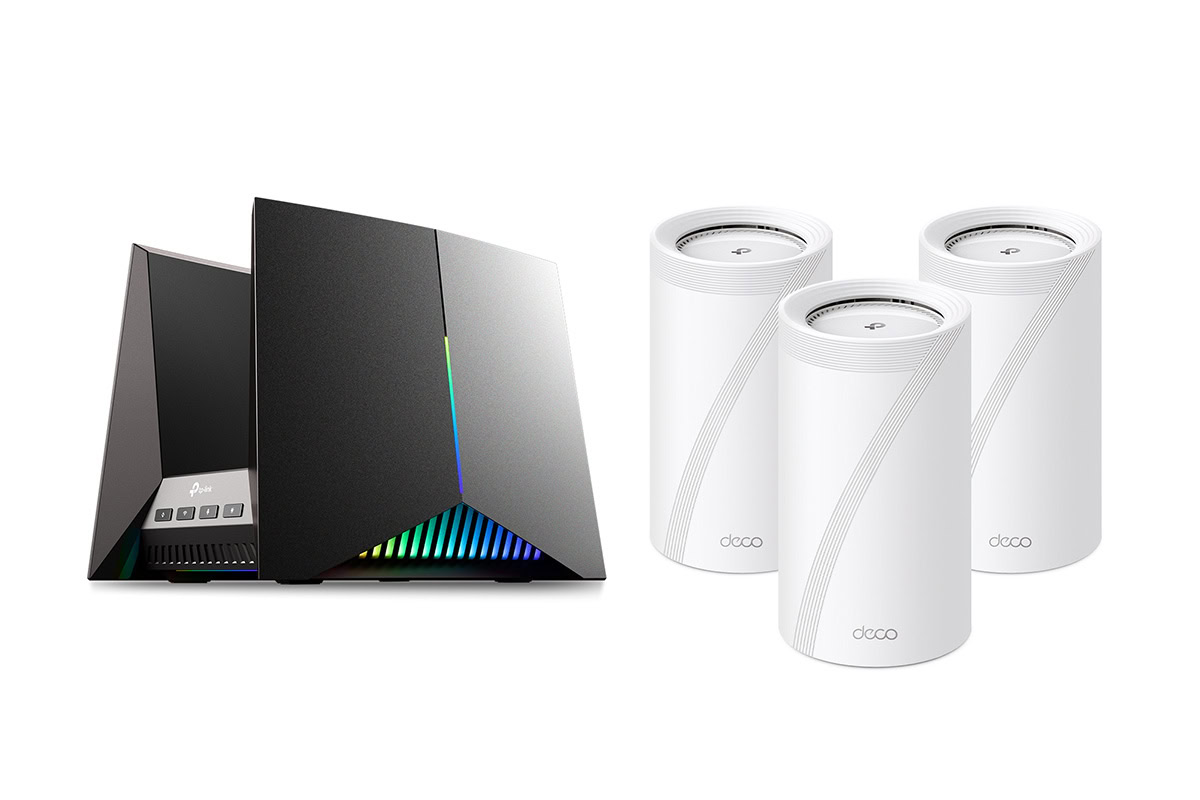
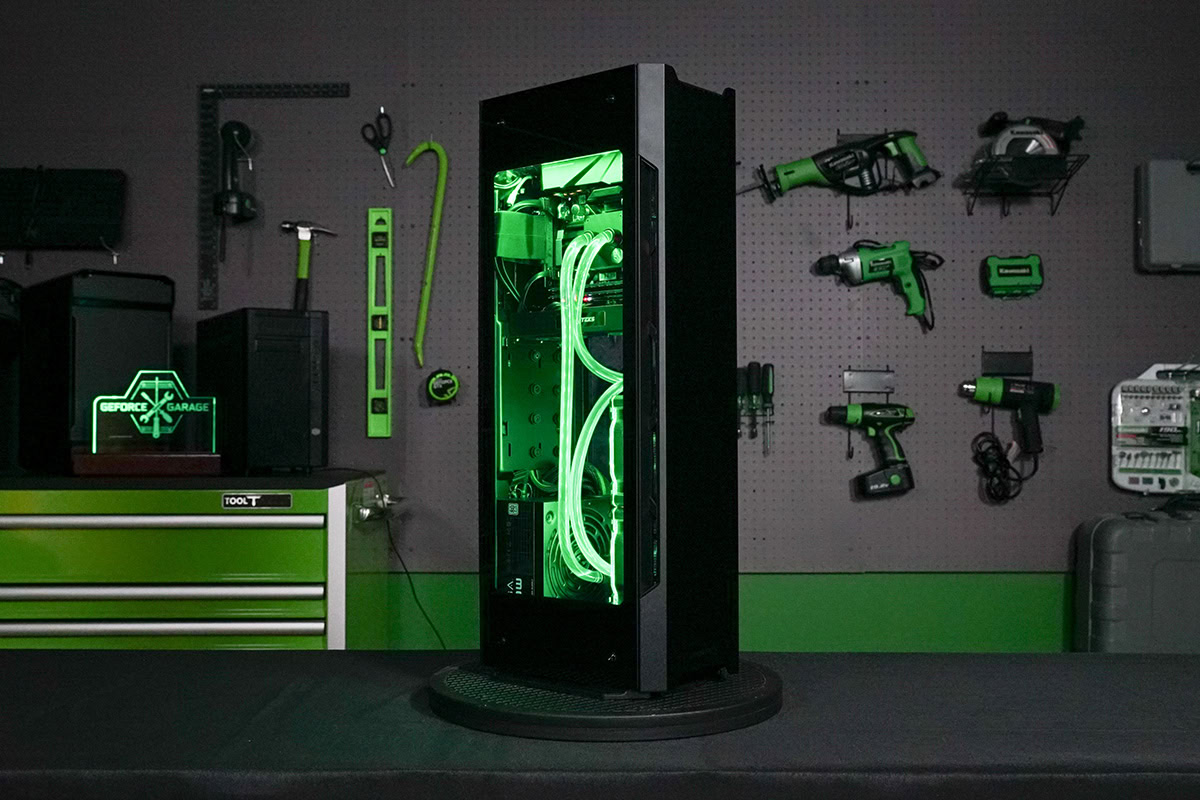

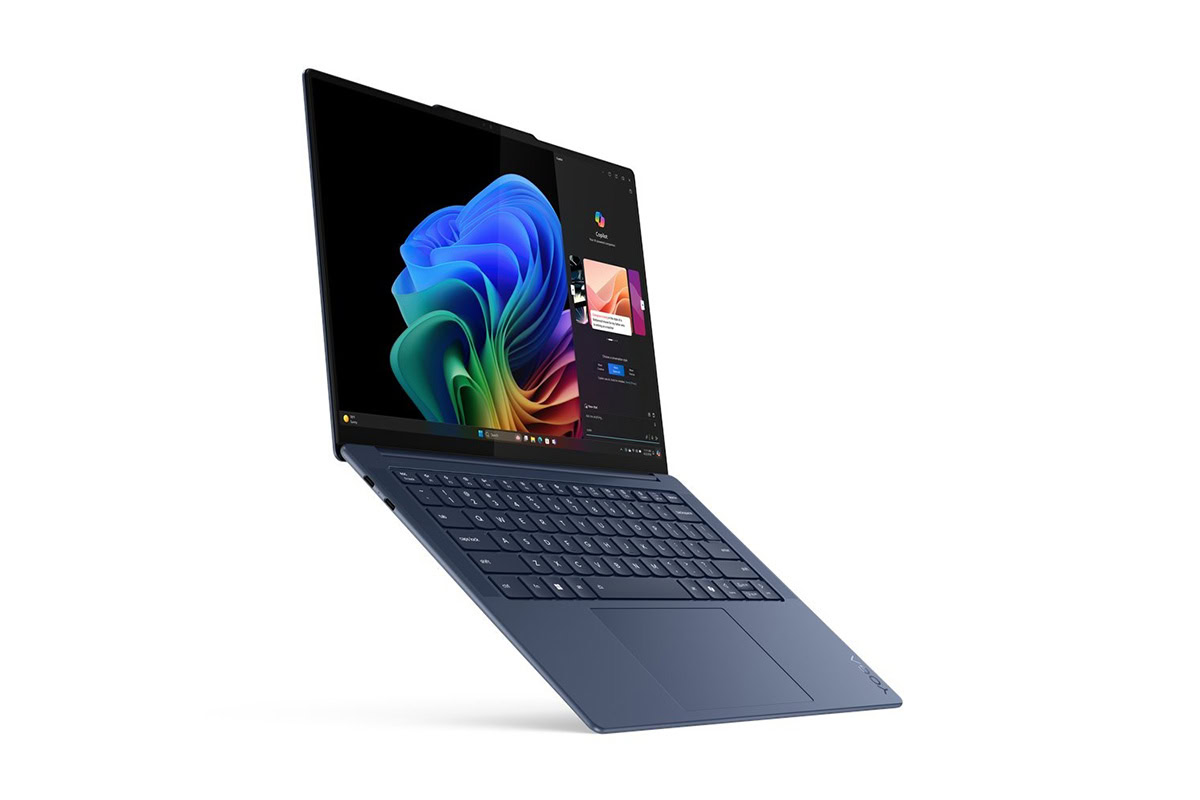
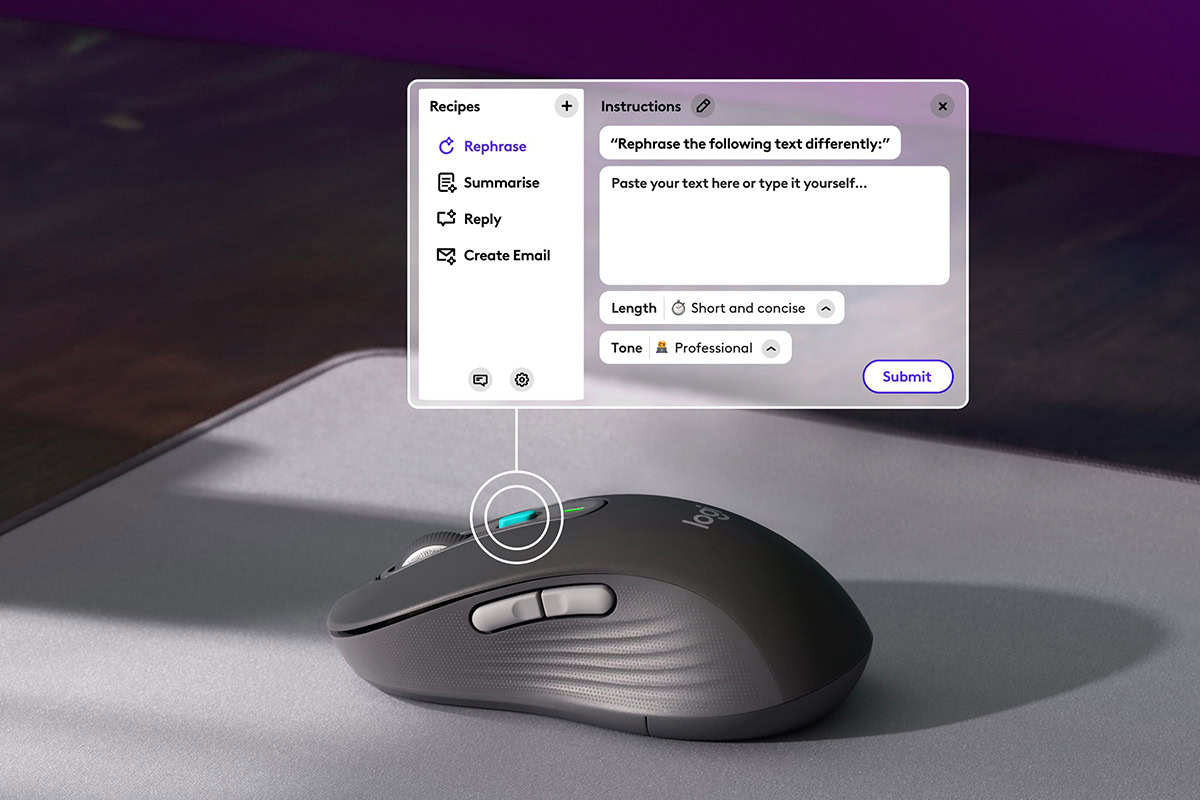







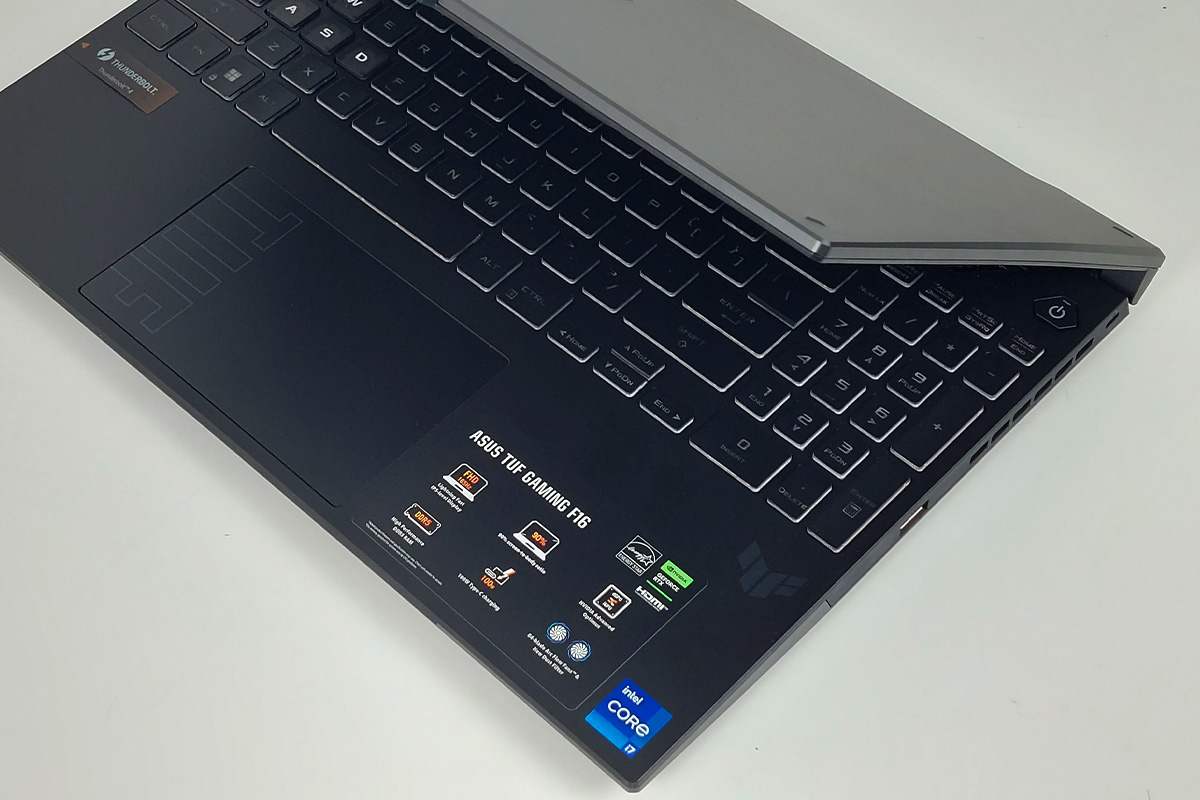













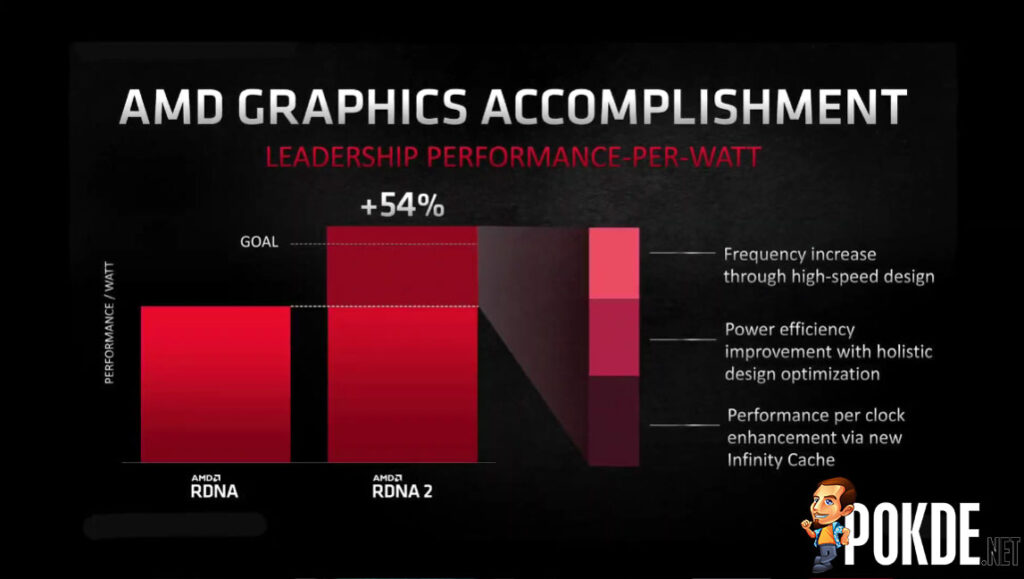
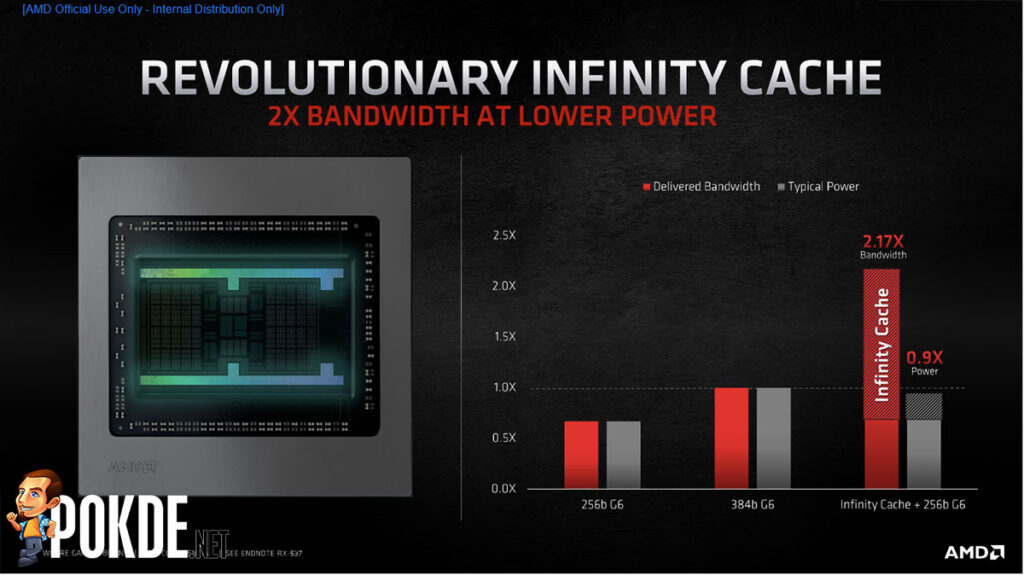
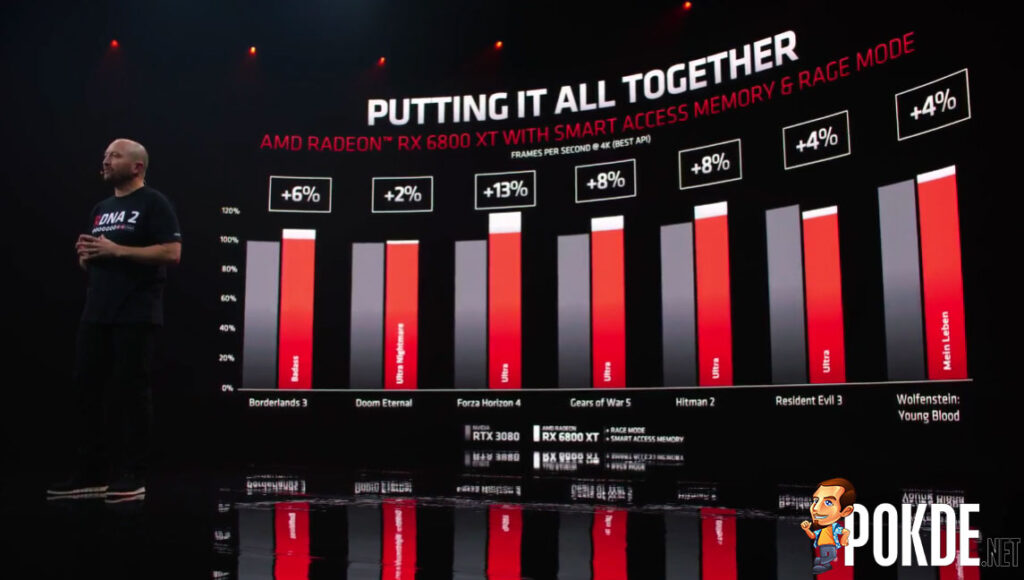

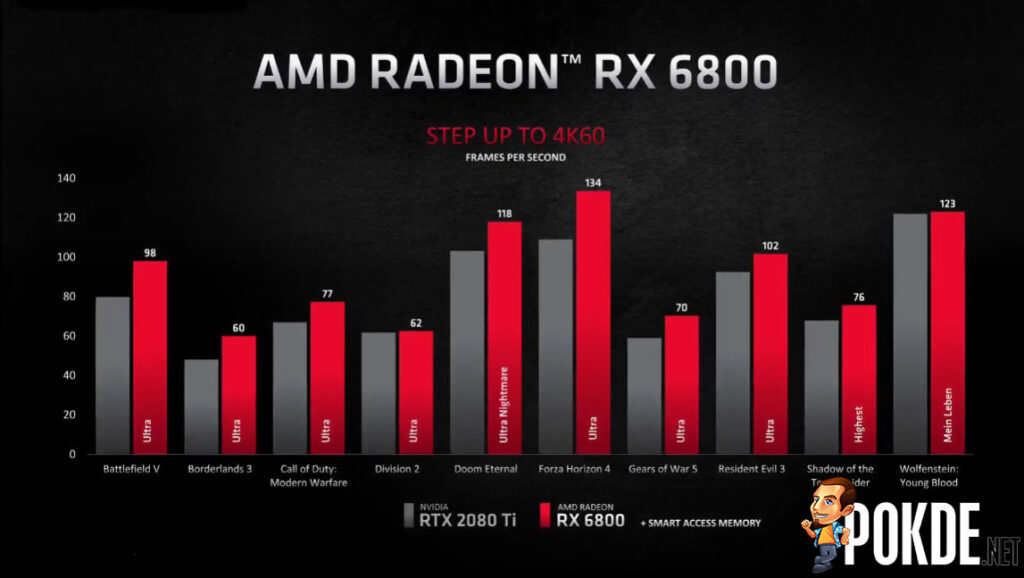
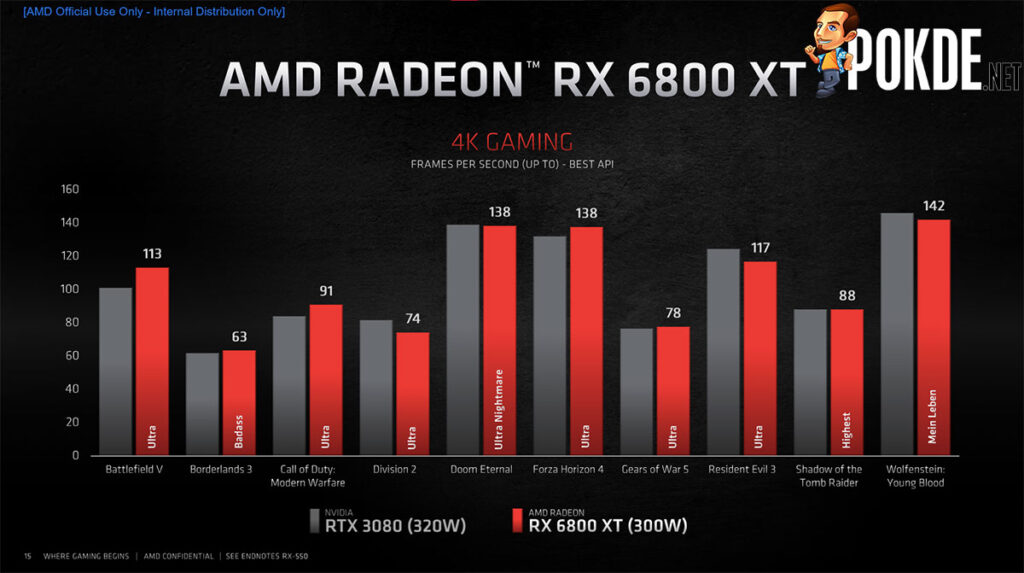
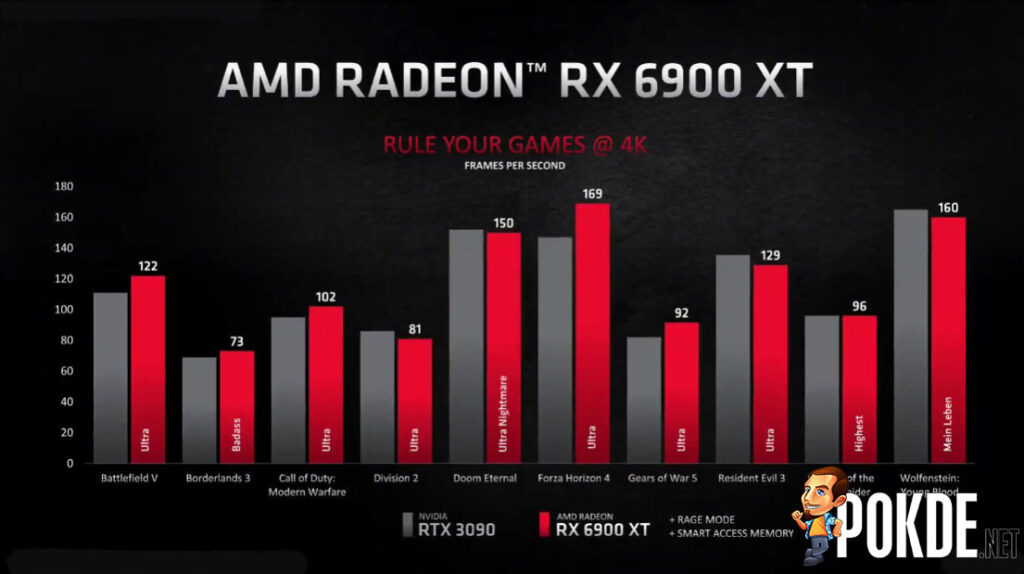
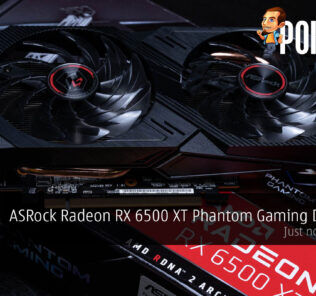
![[CES 2022] AMD Ryzen 6000 series mobile processors bring Zen 3+ CPU, RDNA 2 GPU on new 6nm node amd ryzen 6000 series mobile processor ryzen 7 5800x3d ryzen zen 4 amd am4 cover](https://pokde.net/assets/uploads/2022/01/amd-ryzen-6000-series-mobile-processor-ryzen-7-5800x3d-ryzen-zen-4-amd-am4-cover-1-316x296.jpg)
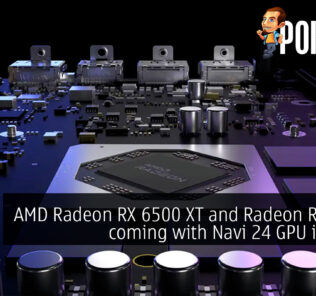

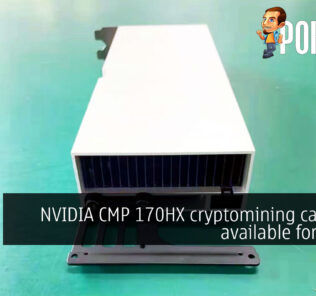
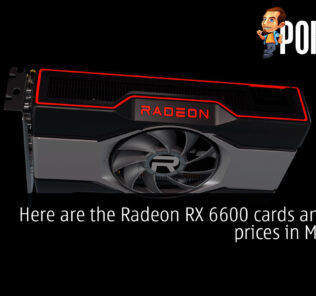











Leave a Response